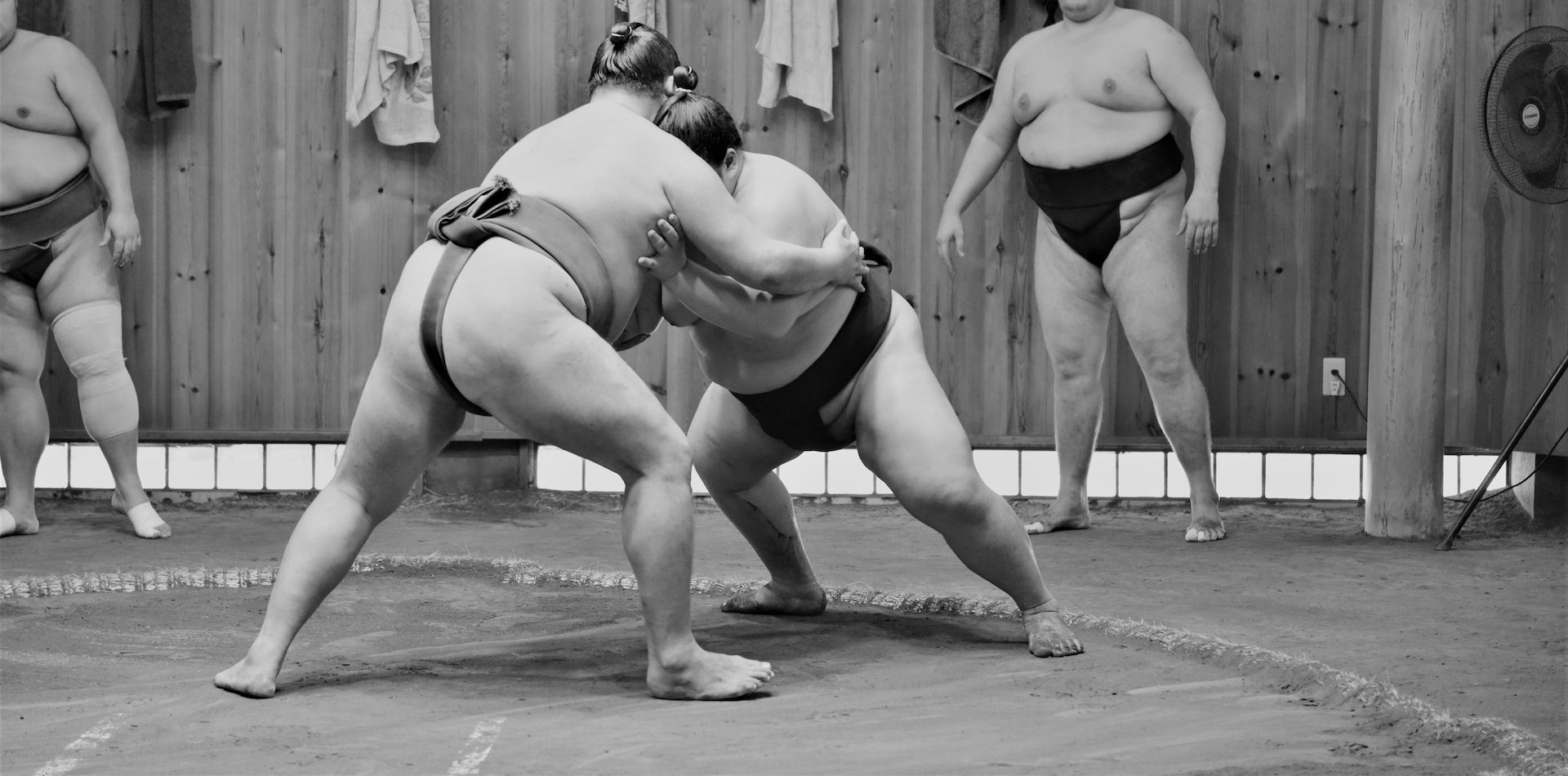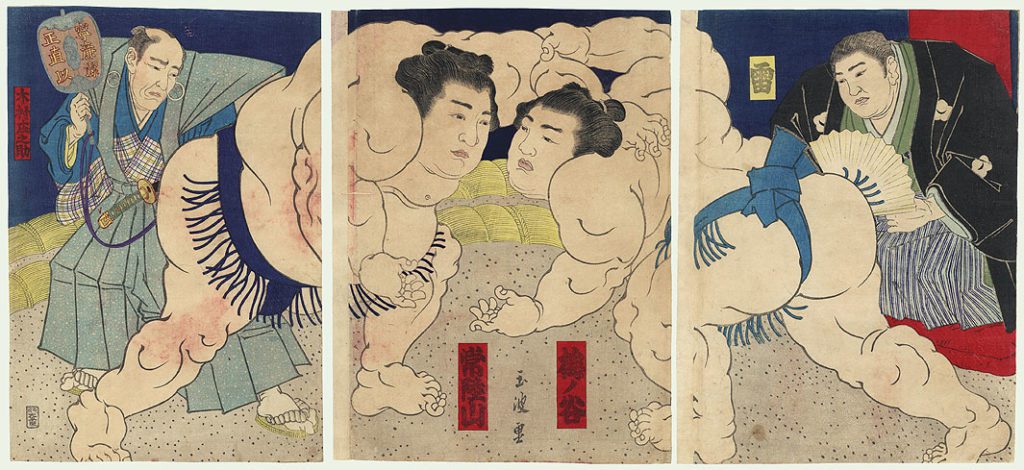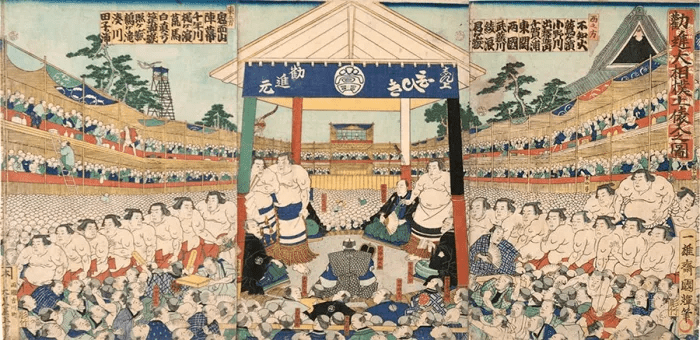
About SUMO
Everything About Sumo—A Full-Contact Wrestling Sport


The Life of Sumo Wrestlers
History of Sumo
Over the rest of Japanese recorded history, the popularity of sumo has changed based on the whims of the Japanese rulers and the need for its use as a training tool during the civil war periods. The form of wrestling combat possibly changed gradually into one where the main goal in winning was to throw one’s opponent. The concept of pushing a wrestler’s opponent out of a designated area came some time later.
Additionally, many believed that a ring, defined as something other than simply the area that the spectators have given to the wrestlers, came into being in the 16th century. It was a result of tournaments organized by the then principal warlord in Japan, Oda Nobunaga.
During the 16th century, wrestlers wore loose loincloths rather than the much stiffer mawashi wrestling belts, which we use nowadays. In the Edo period, sumo players wore fringed decorative aprons called “kesho-mawashi,” which are now only used during pre-tournament rituals. Most of the other present forms of the sport were developed in the early Edo period.
History of Sumo as a Professional Sport
The origin of professional sumo can also be traced back to Japan’s Edo period as a form of sporting entertainment. Back then, the original wrestlers were possibly samurai, often ronin, who needed to get an alternative source of livelihood.
Current professional sumo tournaments started in the Tomioka Hachiman Shrine in 1684. Later in the Edo period, they started being held in the Eko-in. Western Japan also had its own sumo tournaments and venues in its period, with by far the most prominent center being in Osaka. Osaka sumo continued until the end of the Taisho period in 1926 when it merged with Tokyo sumo to form an organization.
Shortly after these events, four tournaments were held in a year—two in different Western Japan locations, such as Fukuoka, Nagoya, and Osaka, and another two in Tokyo’s Ryogoku Kokugikan.
From 1933 onwards, sumo tournaments started being held almost only in the Ryogoku Kokugikan until the American occupation forces appropriated it. This resulted in matches being moved to Meiji Shrine until the 1950s.
After these events, an alternative location was built for sumo—the Kuramae Kokugikan, which was near Ryogoku. During the 1950s, the Sumo Association again started expanding the tournaments to venues in western Japan, reaching six competitions per year by 1958. Half of these tournaments were held in Kuramae.
The Ryogoku Kokugikan was rebuilt in 1984, and sumo tournaments in Tokyo have been held there ever since.
Sumo – Preserving Fascinating Ancient Japanese Traditions
Primarily, sumo is used as a test of strength in combat, but it is also significant, especially in Japan, because it preserved many of their ancient traditions. Sumo includes several ritual elements used in the Shinto religion, such as the use of salt purification.
Certain Shinto shrines even carry out forms of ritual dance where a human is said to wrestle with a Shinto divine spirit called “Kami.” It was an important ritual performed at the imperial court. Each representative from the provinces was ordered to participate in the contest at the court and fight. The representatives were required to pay for their travels themselves. The contest was known as “sumai party” or “sumai no sechie.”
Cross-influence from Japan’s neighboring nations, which may share many cultural traditions with the country, cannot be ruled out because they also feature wrestling that resembles sumo. Notable examples include:
- Chinese Shuai Jiao
- Mongolian Wrestling
- Korean Ssireum
Winning a Sumo Bout
The sumo bout winner is either:
- The First Sumo Wrestler who Can Successfully Force His Opponent to Step Out of the Ring
- The First Sumo Player to Force His Rival to Touch the Ground with Any Body Part Except the Bottom of His Feet
Several other less common rules can determine the winner in a sumo bout. For example, a wrestler automatically loses a match once he is found to be using an illegal technique, also called “kinjite,” or when his mawashi, or belt, becomes completely undone. A sumo wrestler who fails to turn up for his bout, including because of a prior injury, also automatically loses; this type of loss is called fusenpai in Japanese.
Sumo bouts only consist of a single round. They also only last a few seconds because usually, a wrestler is quickly ousted from the circle or thrown to the ground. However, there are some occasions when a match can last for several minutes. Every game is followed by an elaborate ceremonial ritual.
The Role of a Wrestler’s Weight in Winning Sumo Competitions
Traditionally, sumo wrestlers are known for their great body mass and girth, which are usually the winning factors in competitions. In professional sumo wrestling matches, there are no weight divisions. And considering the range of body weights, a wrestler can sometimes deal with an opponent twice his own weight. However, smaller wrestlers can still control and defeat much larger opponents using superior technique.
The Start and End of Sumo Competitions
Competitions start with sumo players gathering in a circle around the “gyoji” or referee in the “dohyo-iri” or the ring-entering ceremony.
Once a winner is declared at the end of a match, an offstage “gyoji” or referee identifies the “kimarite” or winning technique used in the match and announces it to the audience.
On rare occasions, the judges or referee may award the win to the wrestler who touched the ground first. This happens in situations where both wrestlers touch the ground at nearly the same time, and it is decided that the sumo player who touched the ground second had no chance of winning, as because of the superior sumo of his opponent, he was already in an irrecoverable position. In this case, the losing wrestler will be referred to as “shini-tai” or dead body.
About the Wrestling Ring or "Dohyo"
Sumo matches take place in a dohyo. It is a ring that has a diameter of 4.55 meters or 14.9 feet and 16.26 square meters or 175.0 square feet in area. A typical dohyo is a circle made of rice-straw bales on top of a platform that was made of clay mixed with sand.
The bout callers, also called “yobidashi” build new dohyo for each tournament. At the center of the circle are the “shikiri-sen” or two white lines behind which the wrestlers position themselves at the start of the bout. A canopy that looks like a Shinto shrine’s roof may be suspended over the dohyo.
About Professional Sumo Wrestling
The Japan Sumo Association is the body that operates and organizes professional sumo wrestling. The association members are called “oyakata,” and they are all former wrestlers. They are also the only ones entitled to train new wrestlers. All practicing sumo wrestlers are members of a training stable run by one of the oyakata, who is the stable master for the wrestlers under him. Currently, there are 43 training stables for about 660 wrestlers.
Every sumo wrestler gets wrestling names called “shikona,” which may or may not be related to their real names. In many cases, wrestlers have little choice in their name as they are given to them by their trainer or stable masters, a family member, or a supporter who encouraged them into the sport. This is particularly true of foreign-born wrestlers.
Wrestlers may change their shikona during their careers. For some, they change their names multiple times.
Hierarchy System in Sumo
In sumo wrestling, there is a strict hierarchy, which is determined using sporting merit. A system formed during the Edo period is still being used to rank wrestlers today. They can be demoted or promoted based on their performance in six official tournaments held throughout the year. The rankings are documented on a carefully prepared banzuke, a document listing the rankings of professional sumo wrestlers published before each official tournament.
Contact Us to Learn More About Sumo


